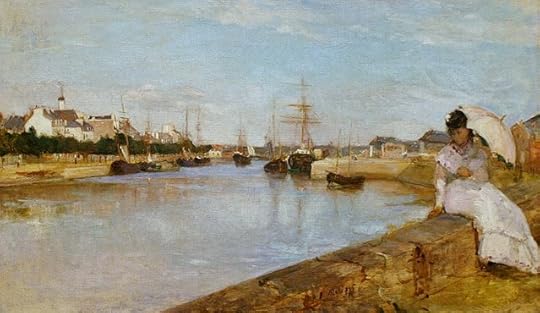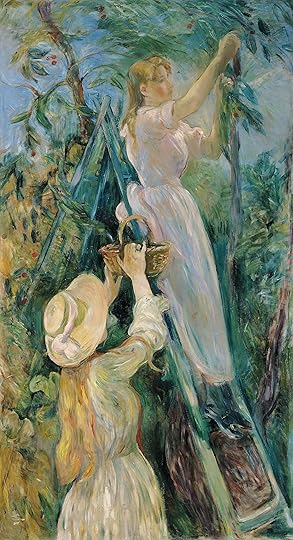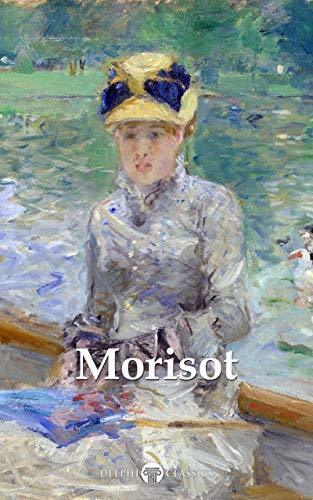What do you think?
Rate this book


826 pages, Kindle Edition
Published October 7, 2018

“The representation of a figure in full light would become a hallmark subject for the Impressionists. Morisot employs this technique by portraying her sister in a wholly white outfit, juxtaposed to the shimmering water of the port. The integration of a female figure against a vaporous and silvery background would become a recurring theme for many of Morisot’s artworks.” (p. 42).

“Morisot worked with watercolours for most of the time throughout the 1870’s. Her choice of colours was rather restrained, though the delicate repetition of hues achieved a balanced and inimitable effect. Due to specific characteristics of watercolours as a medium, she was able to create a translucent semblance and feathery touch in her work, giving her paintings an unmistakeable fresh appearance…
The red flowers in the upper right section of the composition are depicted with fine precision, while the blue ribbon in the girl’s auburn hair and the transparent black silk ruffles of the woman’s elegant dress also assume a life of their own…
Morisot utilises the balcony as a compositional device to divide the pictorial space into two distinct halves, demarcating the private, domestic sphere that the figures occupy, while the sprawling public world of the city comprises the other half.” (pp. 79-81).

“The canvas underscores a recurring feature of Morisot’s works, where seemingly fortunate figures, surrounded by beautiful settings, appear with melancholic and thoughtful expressions. One of the artist’s hallmark traits is the delicate combination of visual happiness and latent sorrow, capturing the dual nature of life’s precarious existence. Morisot had a profound and reflective nature, her melancholy haunting her throughout much of her life and it is this sensitive of expression that mark her canvases as especially unique compared to her more famous Impressionist contemporaries.” (pp. 105-7).


“The paintings produced by Morisot in her later years are noted for the subtle sensuality in which they capture the essence of life, represented by trivial, yet touching scenes of rural and garden life.” (p. 206).
